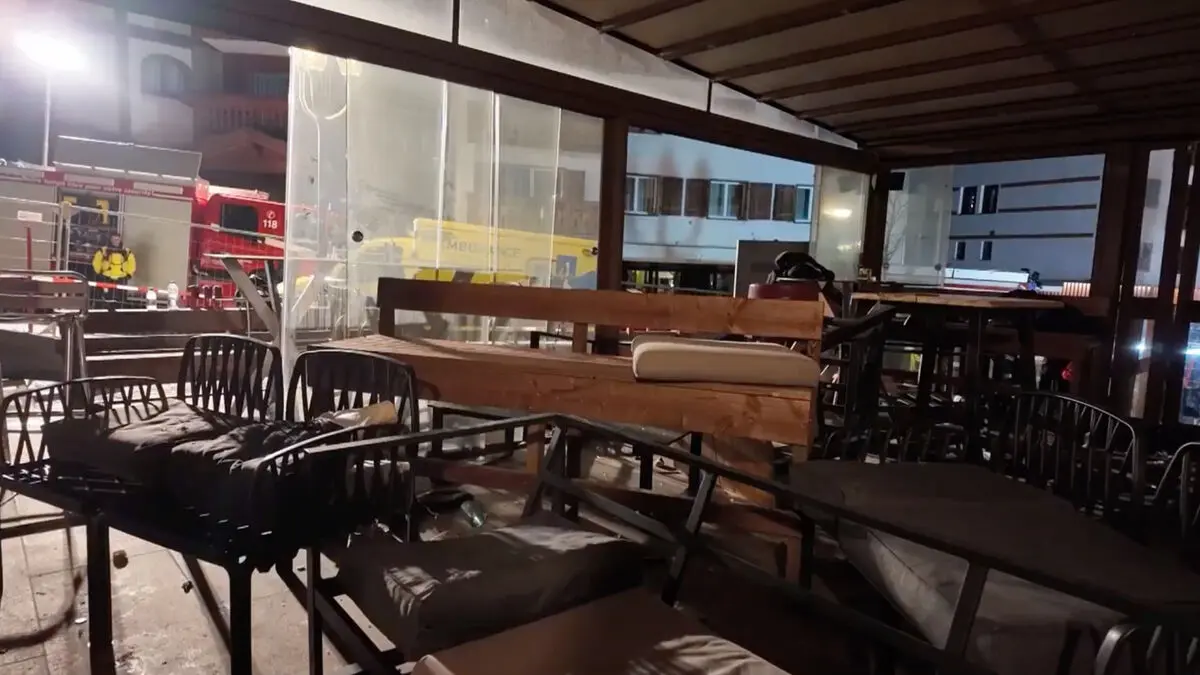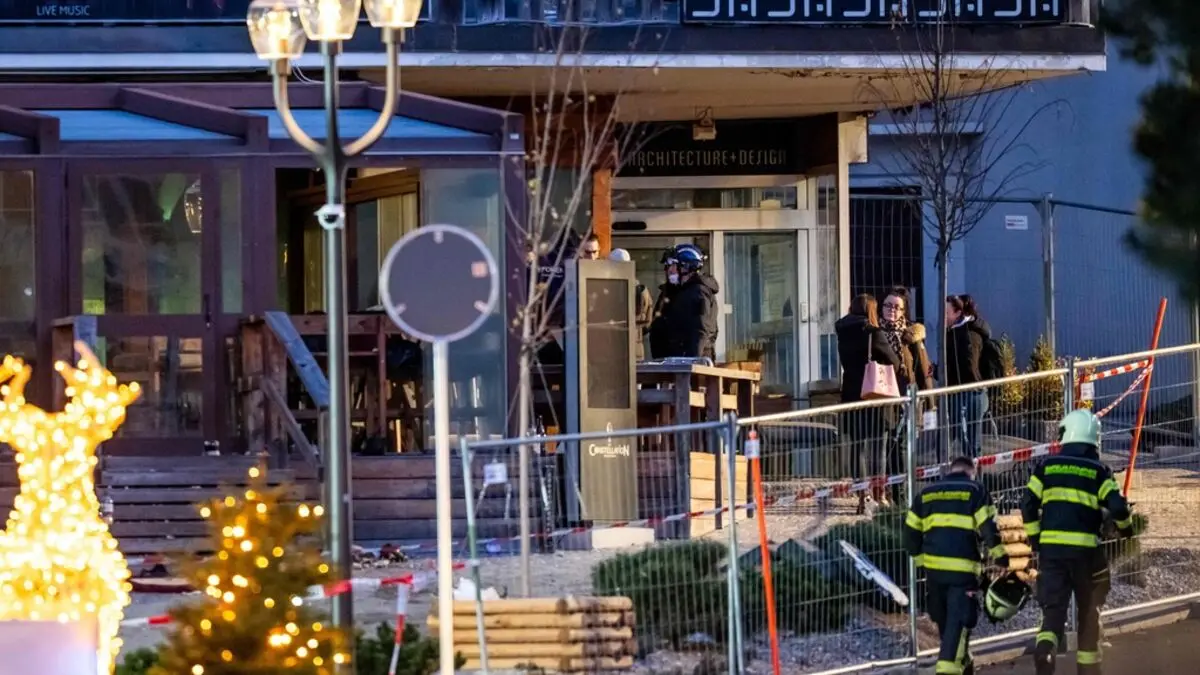"Hope does not disappoint" (spes non confundit). So read the title of the bull through which Pope Francis in April proclaimed 2025 to be a jubilee year. Such specially holy years are celebrated once every 25 years within the Catholic Church – and now it's time again.
The theme for the jubilee year, hope, comes from the Pope's thoughts on what people need in a world of war and conflicts, in the aftermath of the covid pandemic and climate crisis, according to Stockholm's Catholic Diocese.
Through the Gate
The Pope is clearly eager to spread his hopeful message. So eager that he has taken the help of advanced technology to reach believers around the world. Last week, an AI version of St. Peter's Basilica, a digital platform developed with a software giant and based on over 400,000 high-resolution images taken with drones, ordinary cameras, and laser technology, was launched.
All, really all, should feel welcome in this fantastic house, said an enthusiastic Pope according to AFP before the inauguration of the platform.
Through the platform, visitors can also book tickets to St. Peter's Basilica, something that is expected to revolutionize the long queues that usually wind around the area.
A jubilee year is to be characterized by prayer, forgiveness, and reconciliation – and preferably includes a pilgrimage. Over 30 million Catholics are expected to make a pilgrimage to the Vatican State in Rome during 2025.
For those who cannot travel, the Pope has had web cameras installed. One is inside St. Peter's Basilica, near the main altar and the tomb of Apostle Peter. Another is at the holy door of the sanctuary. The jubilee year begins when Pope Francis steps through this door on Christmas Eve – an act considered to symbolize the decision to follow Jesus.
In total, there are four holy doors in the Vatican, all of which are open during the jubilee year.
"Chat" in the Confessional
To load up for the festivities, the Vatican is also exhibiting no less than 125 nativity scenes on St. Peter's Square.
In parallel, experiments are being conducted with a Jesus avatar, which has been tested in a church in Switzerland, to be evaluated. During the autumn, over 900 visitors have spoken with an "AI-Jesus" via a screen in a confessional. The conversations have revolved around topics such as faith, morality, death, and sexuality, and have largely resulted in satisfied participants, according to the church and Lucerne University, which conducted the experiment together.
Behind the experiment lies curiosity about how AI can be used in religious contexts and people's trust in machines, writes AFP. The Pope has repeatedly praised the development of AI but simultaneously emphasized the importance of using technology ethically and responsibly.
The Pope lives in the Vatican State, the world's smallest independent state. It is located in the northwestern part of Italy's capital, Rome.
Originally, the Papal States had larger territories in central Italy, the so-called Church State. In 1870, the territory was incorporated into the Kingdom of Italy – despite loud papal protests. The problem was solved in 1929 when the then-fascist government under Benito Mussolini entered into an agreement with the Pope. This created the Vatican State as a sovereign state.
Catholics see the Pope as the head of the Church and Jesus' representative on earth. Jesus' disciple Peter is counted by the Catholic Church as the first Pope.
The current Pope Francis was born in 1936 in Argentina. He trained as a chemist and has also studied literature and psychology. He was ordained as a Jesuit priest in 1969 and was Archbishop of Buenos Aires before being elected Pope in 2013. He took the name Francis after Saint Francis of Assisi. The latter founded the Franciscan Order, which, among other things, cared for lepers and the poor and reformed the Church.
Sources: Catholic Church, NE, and others





